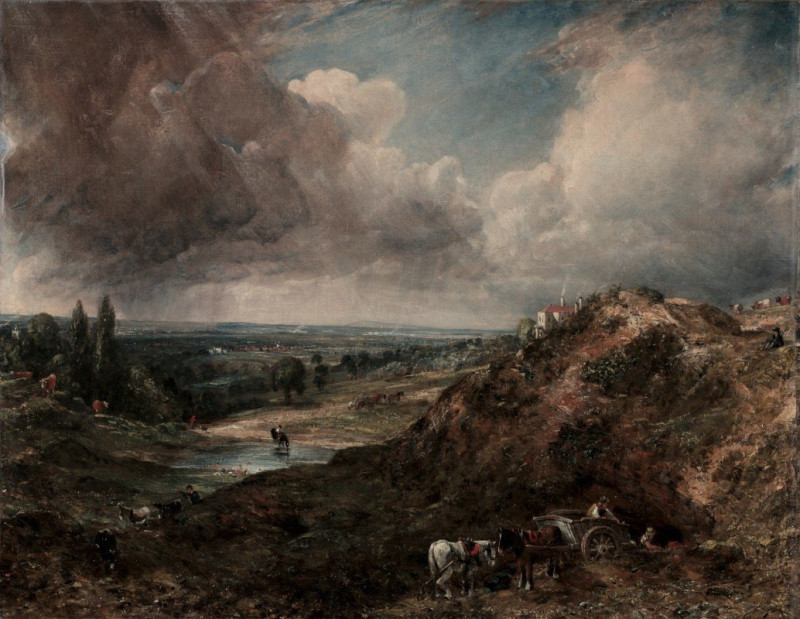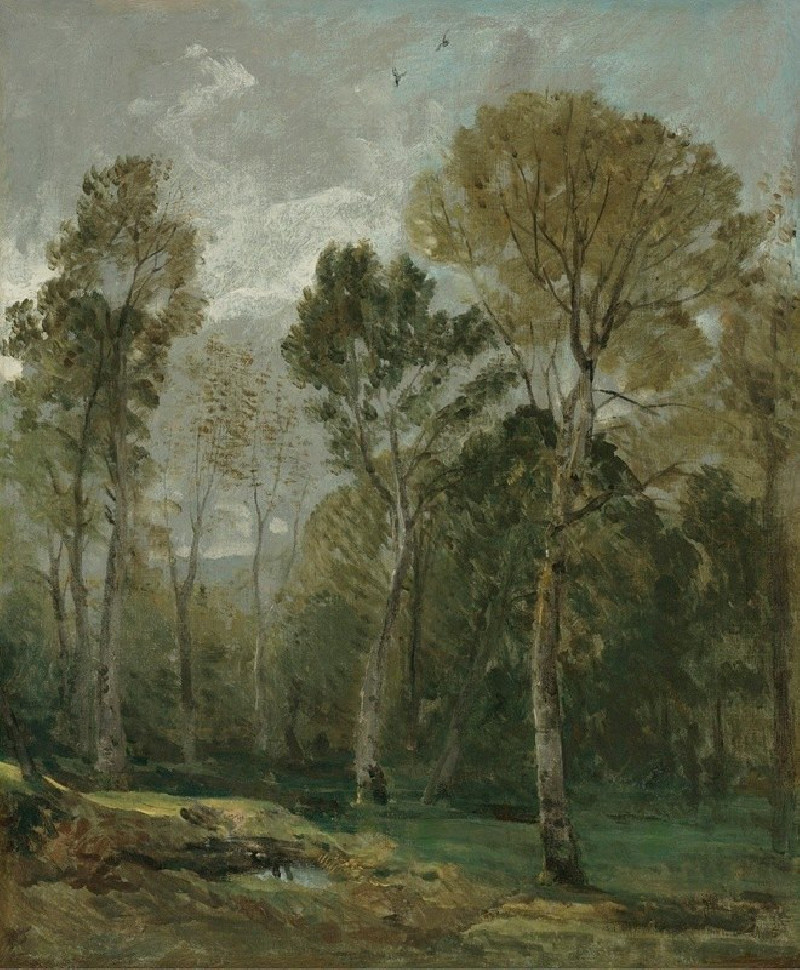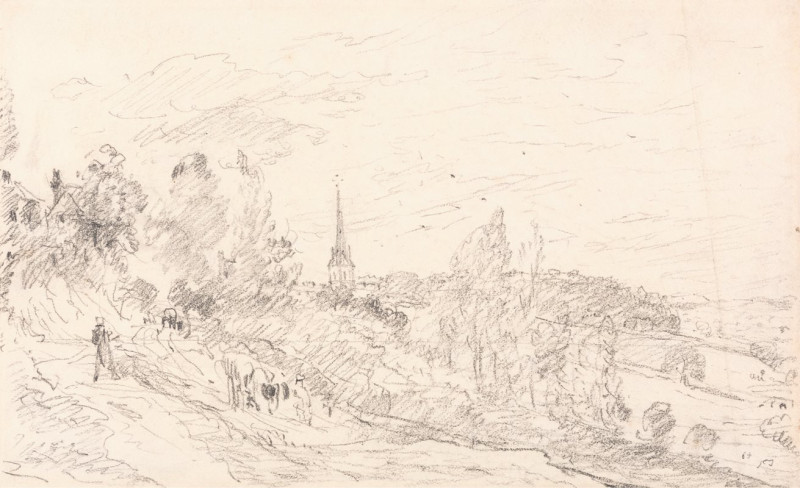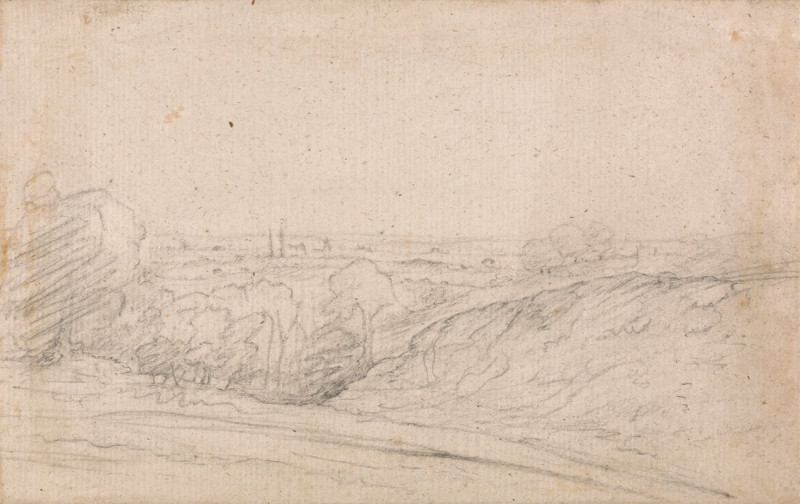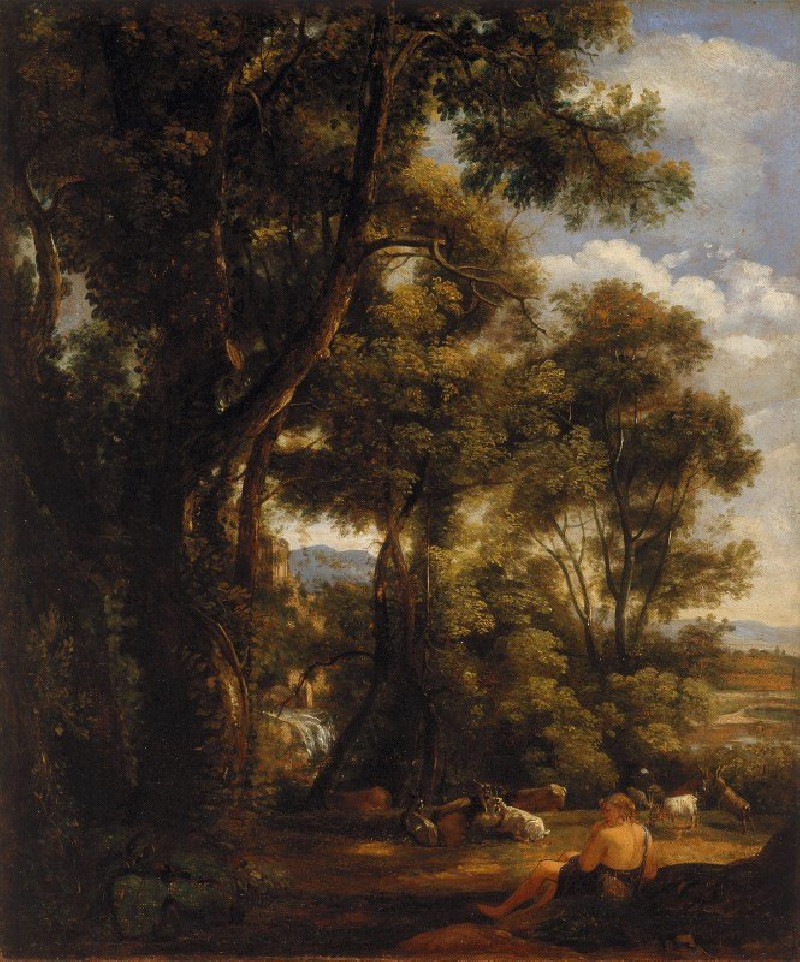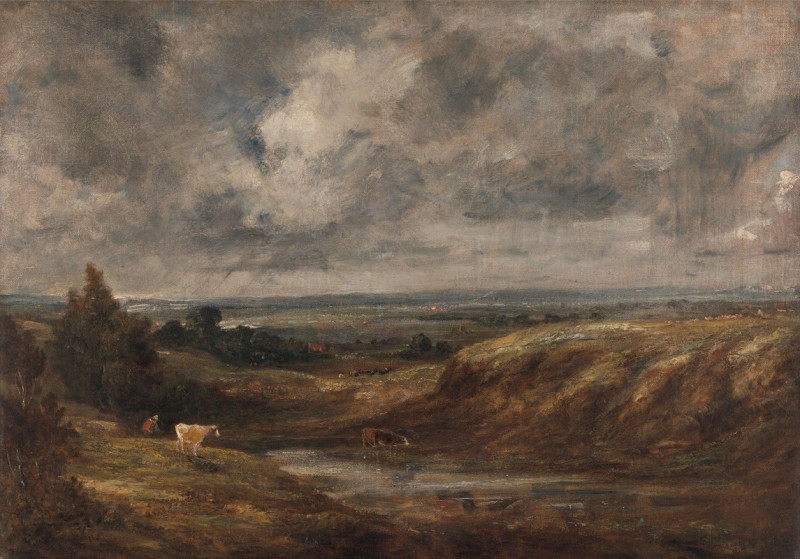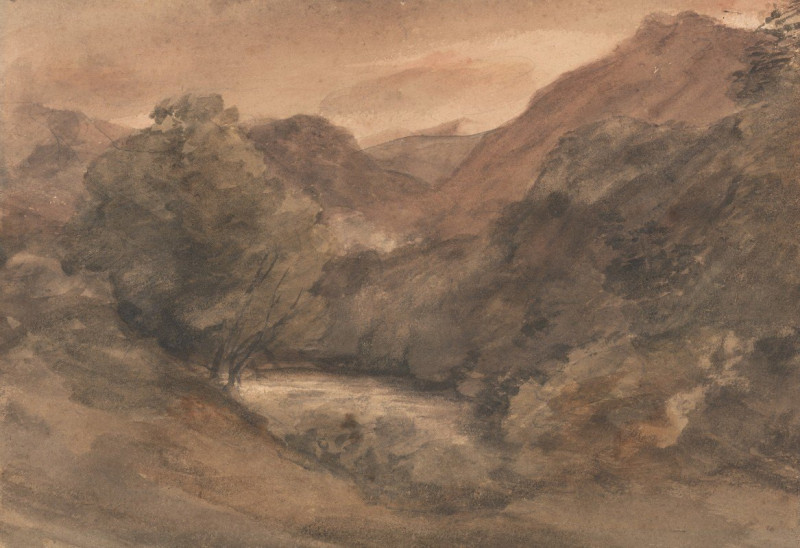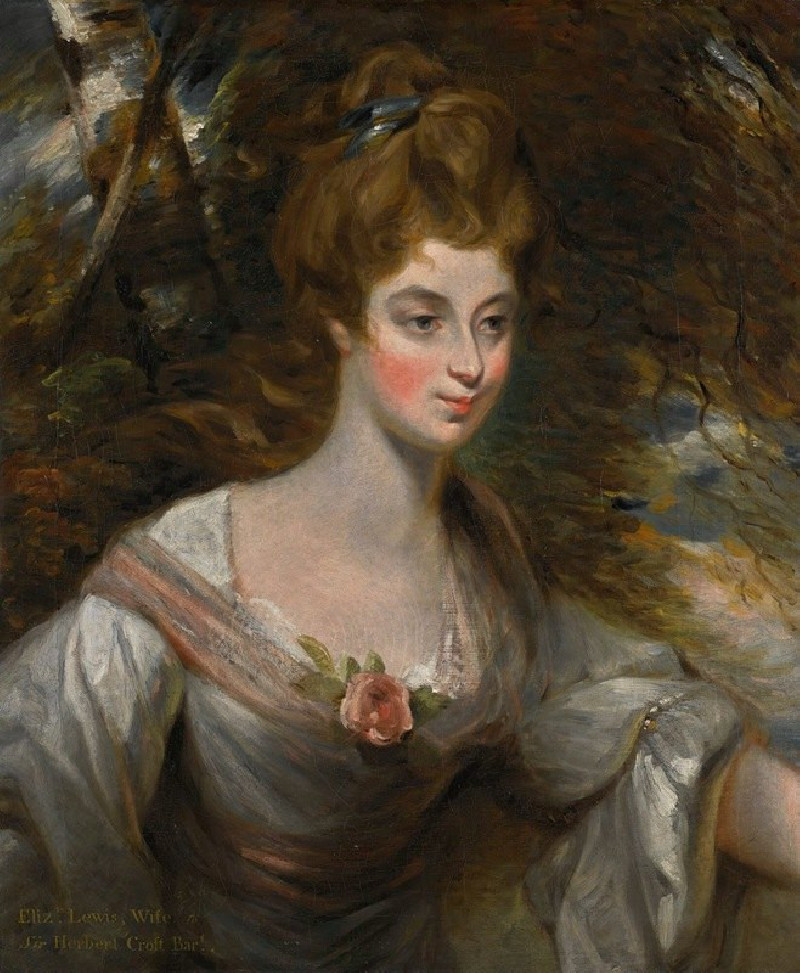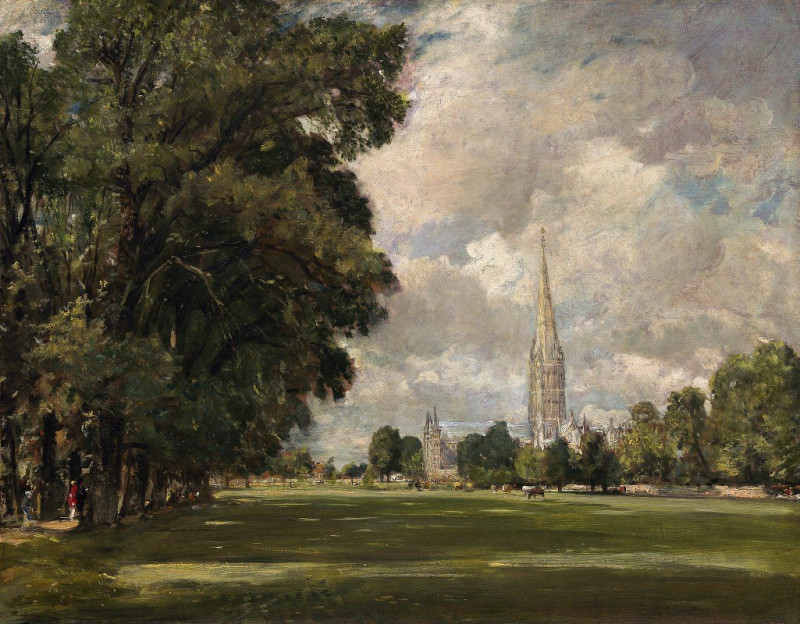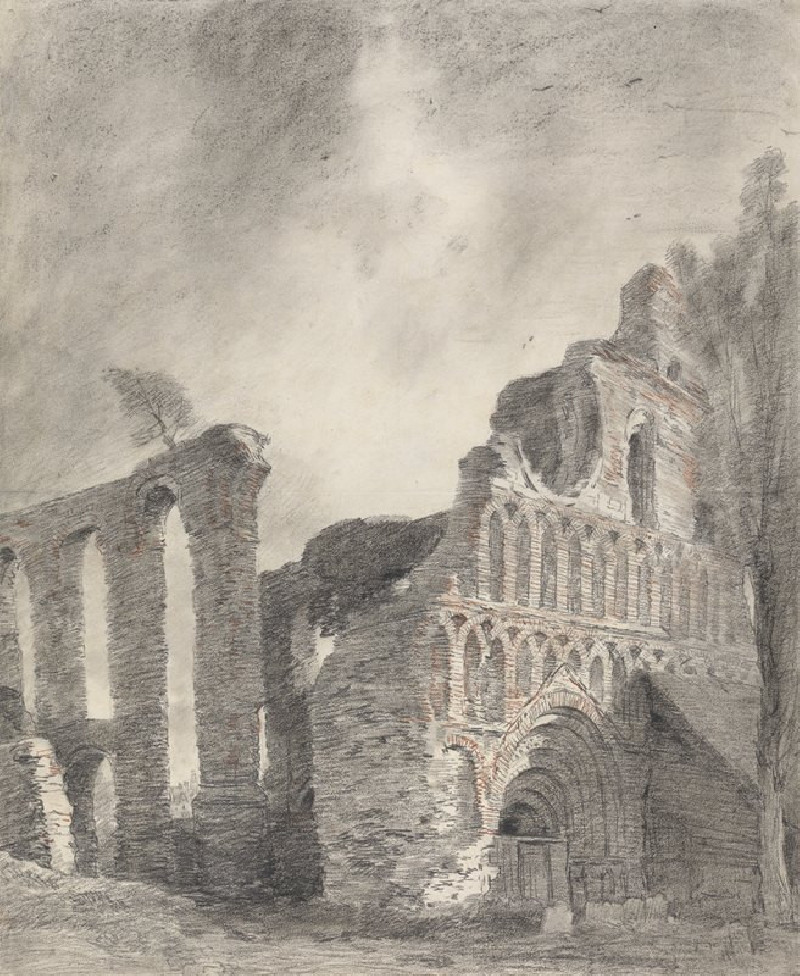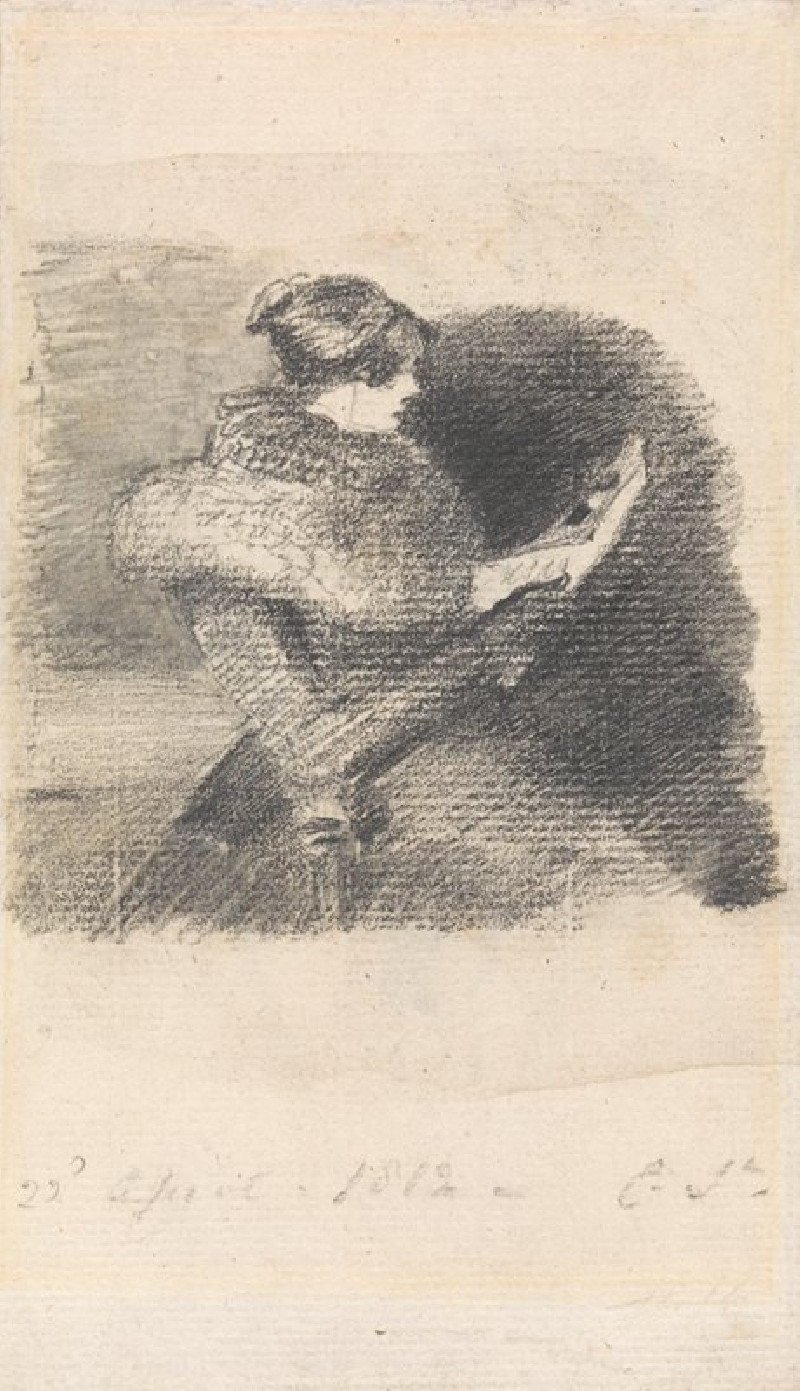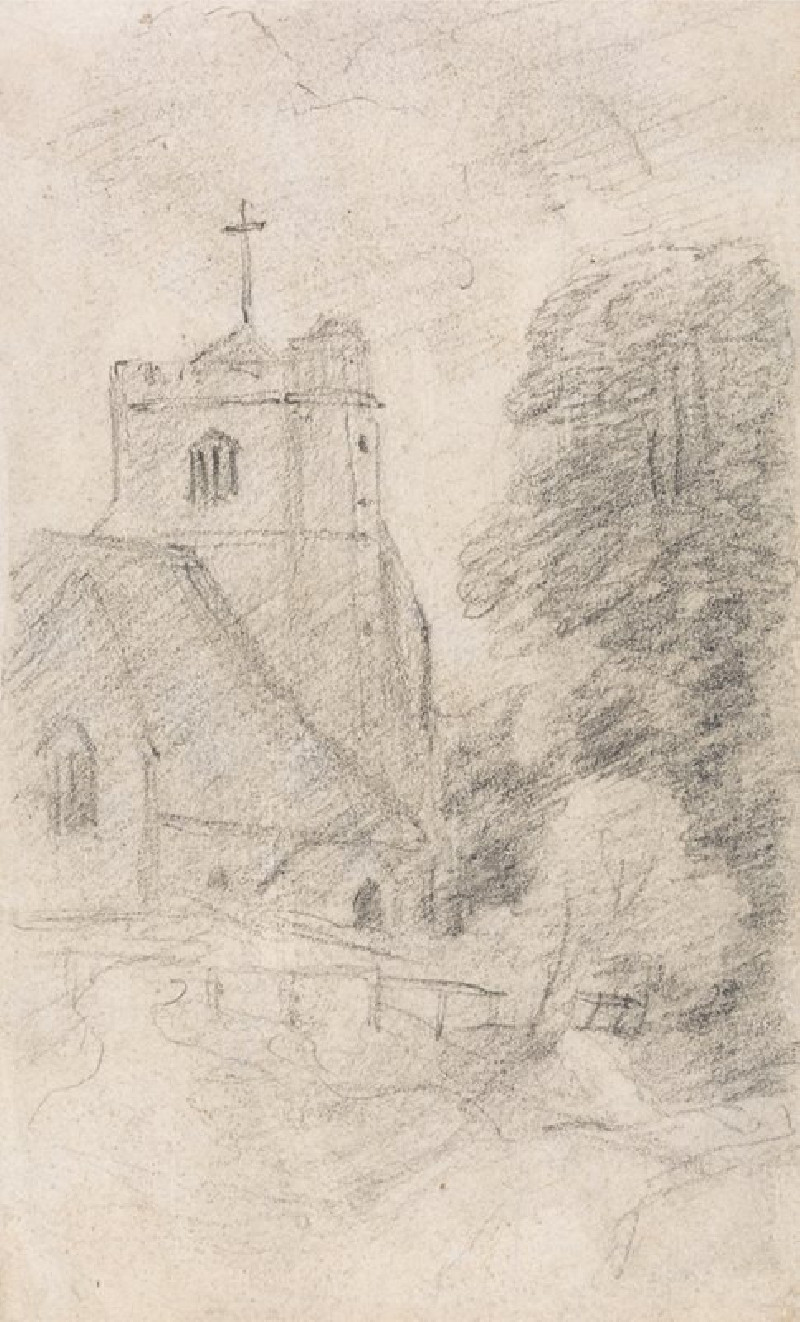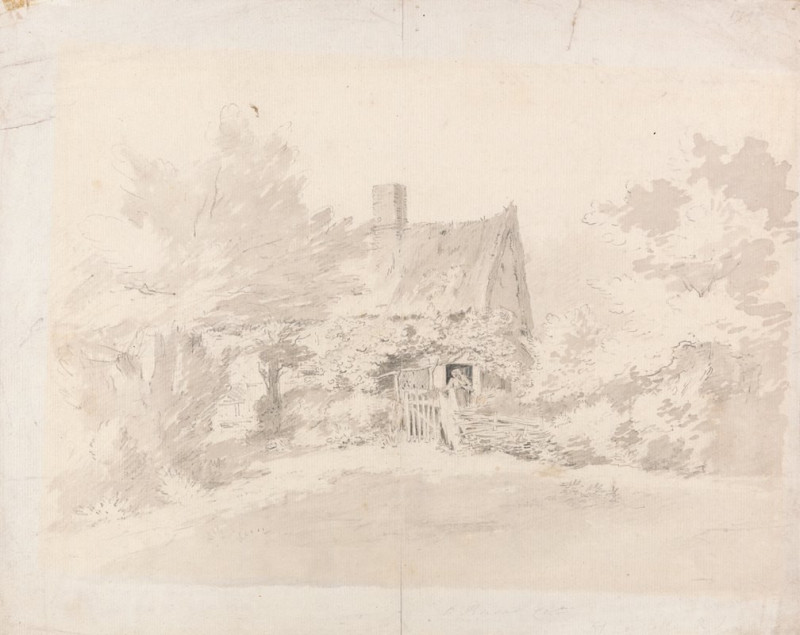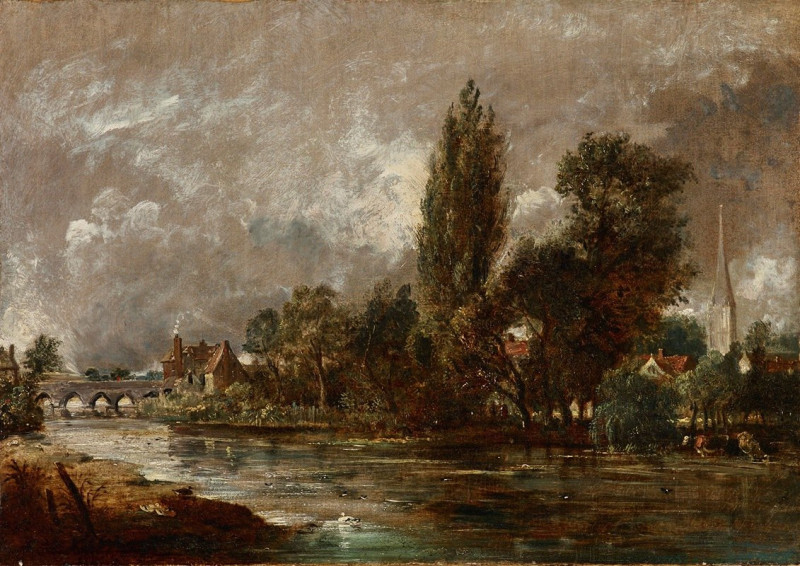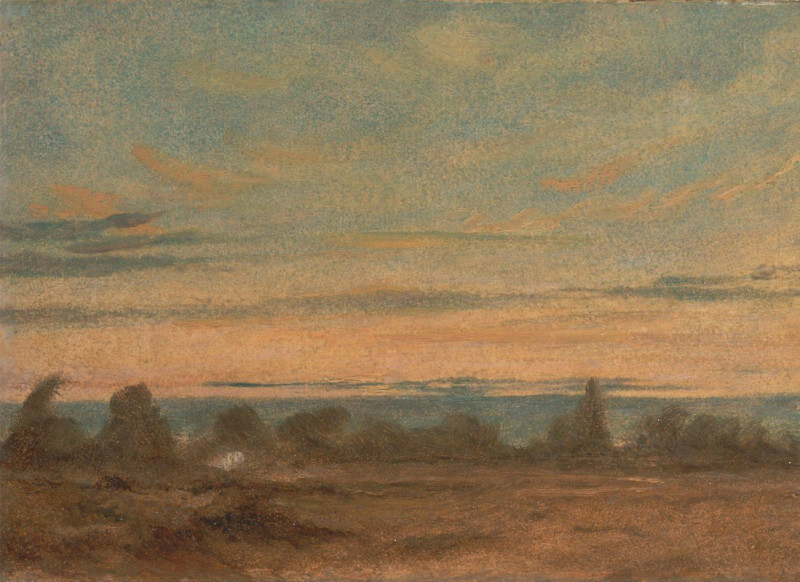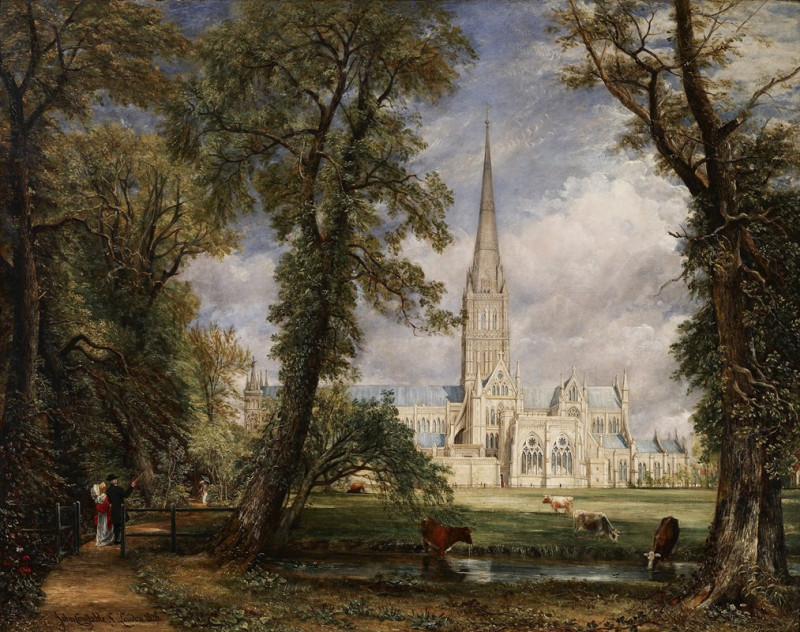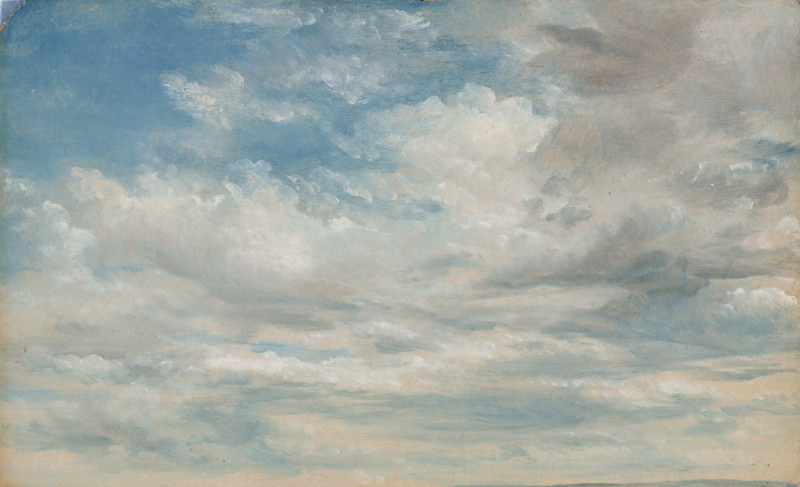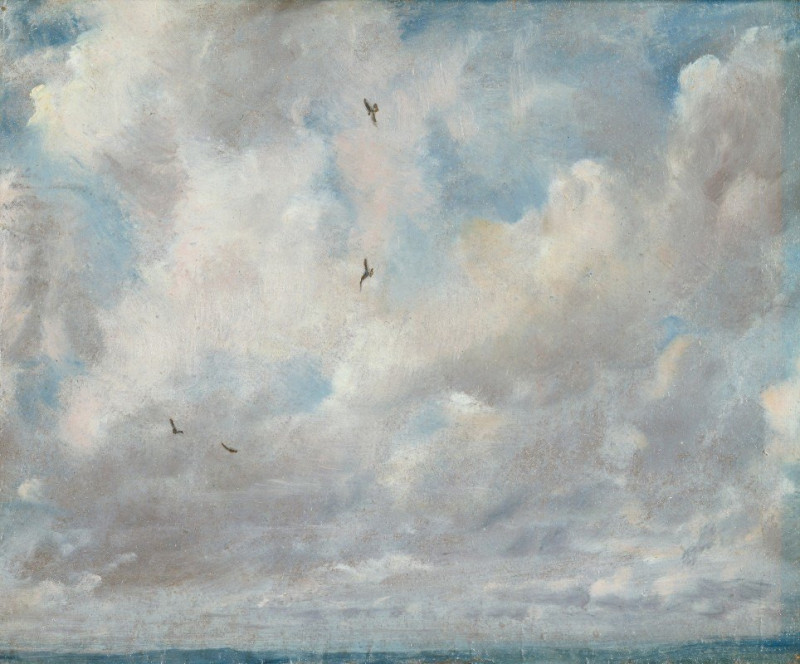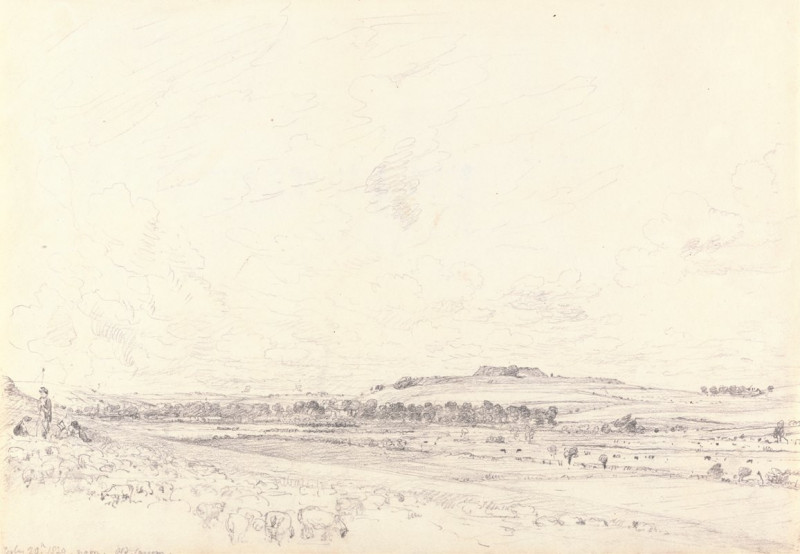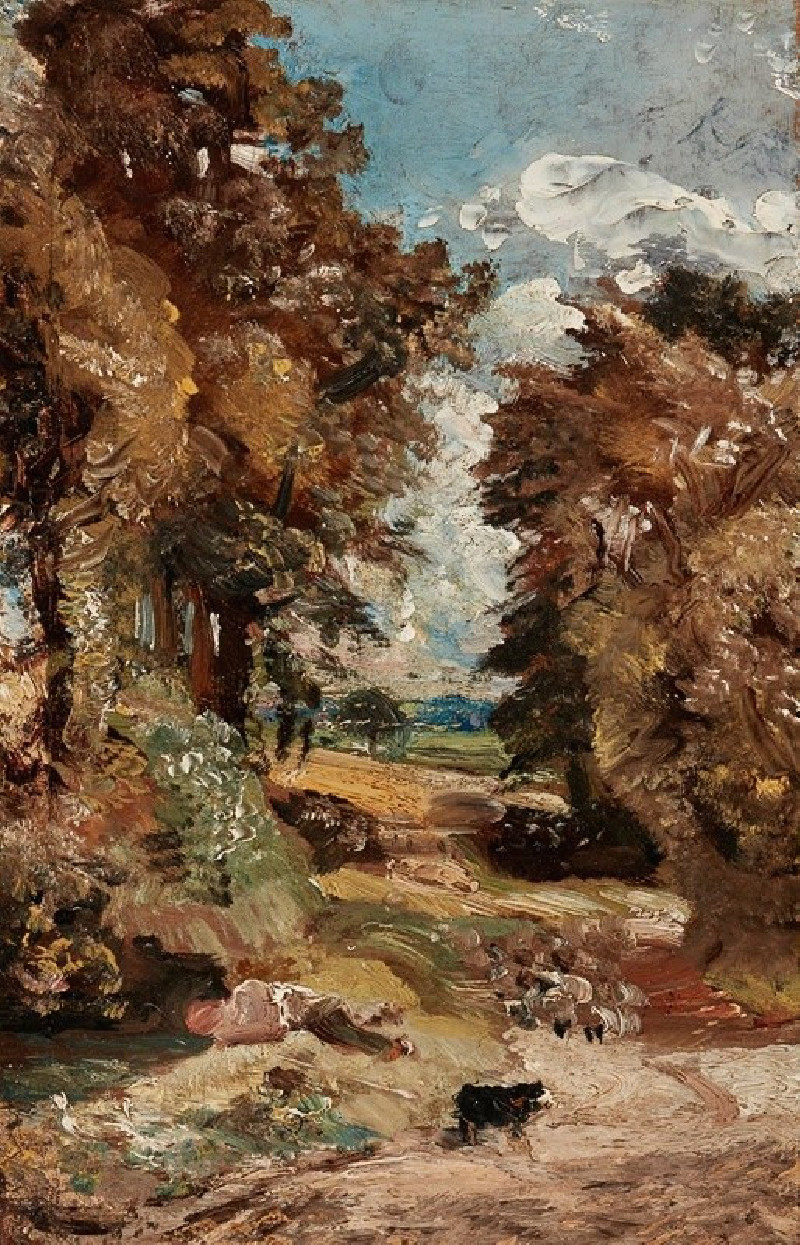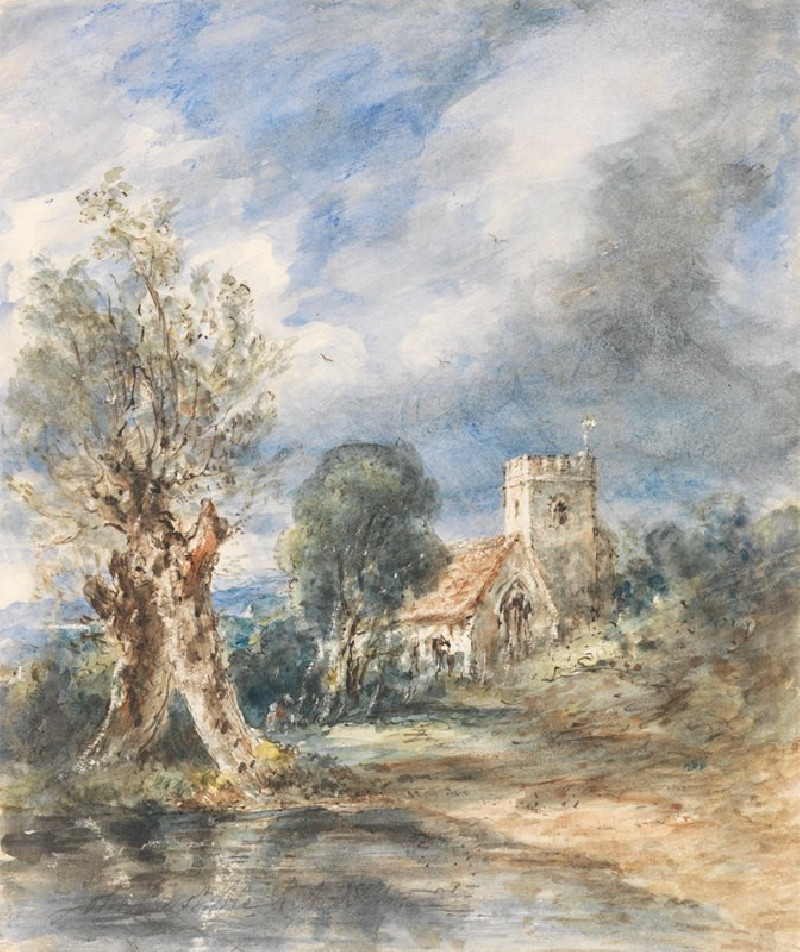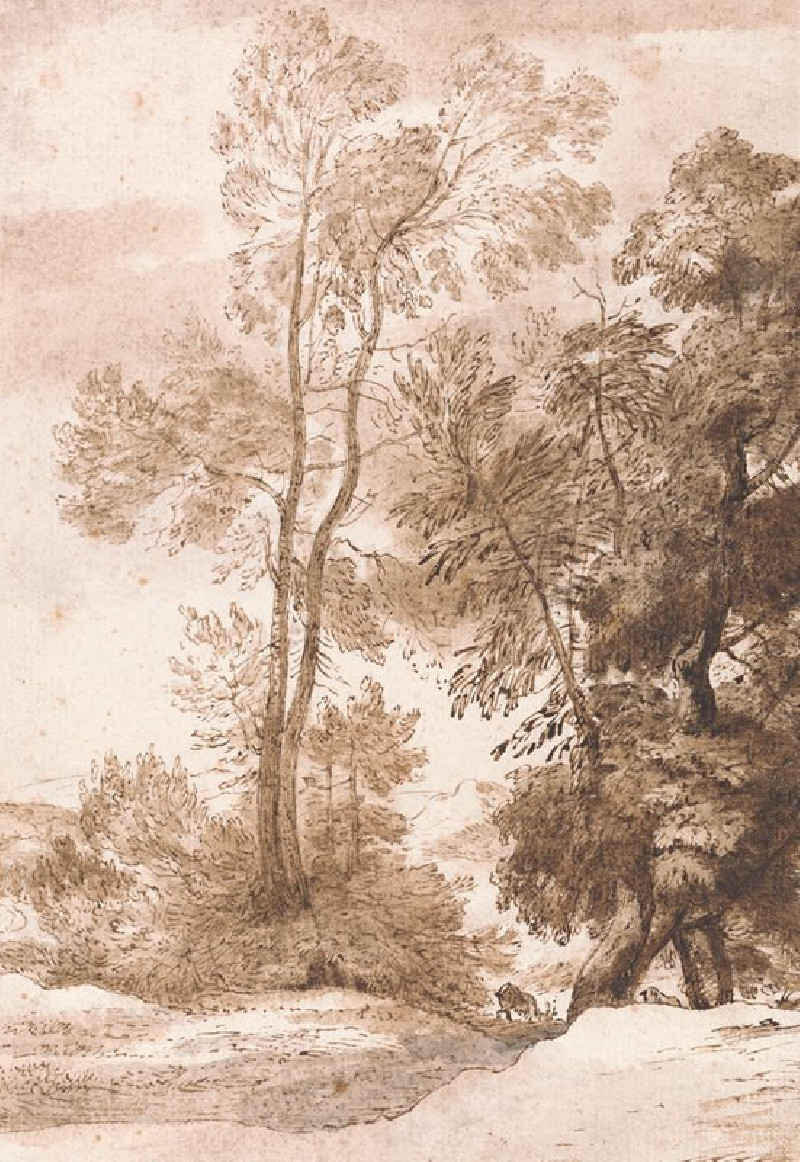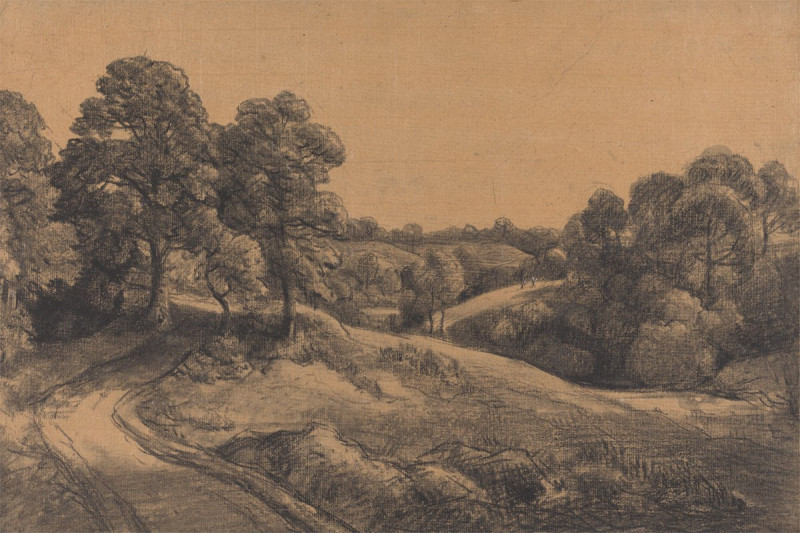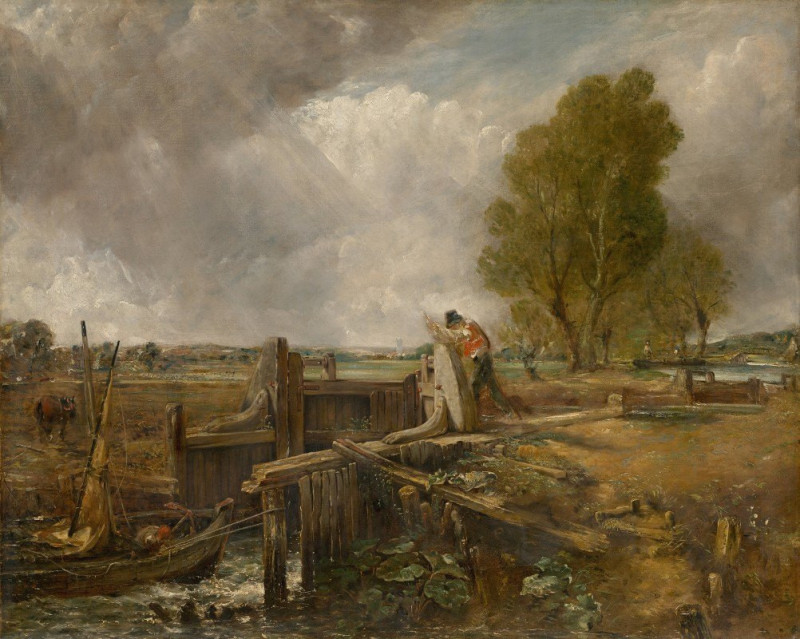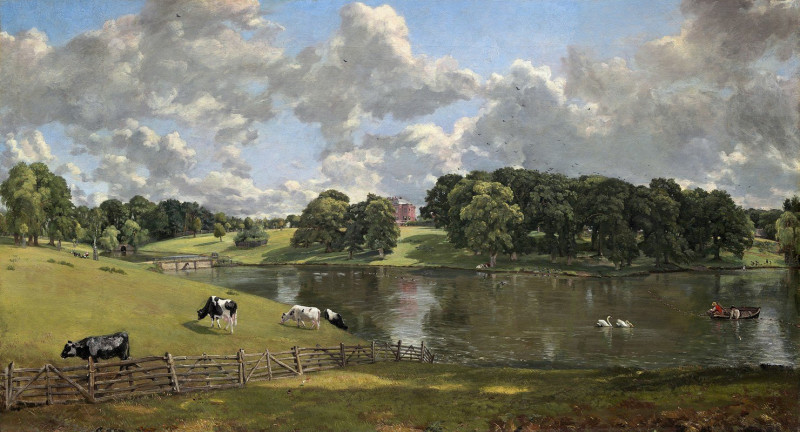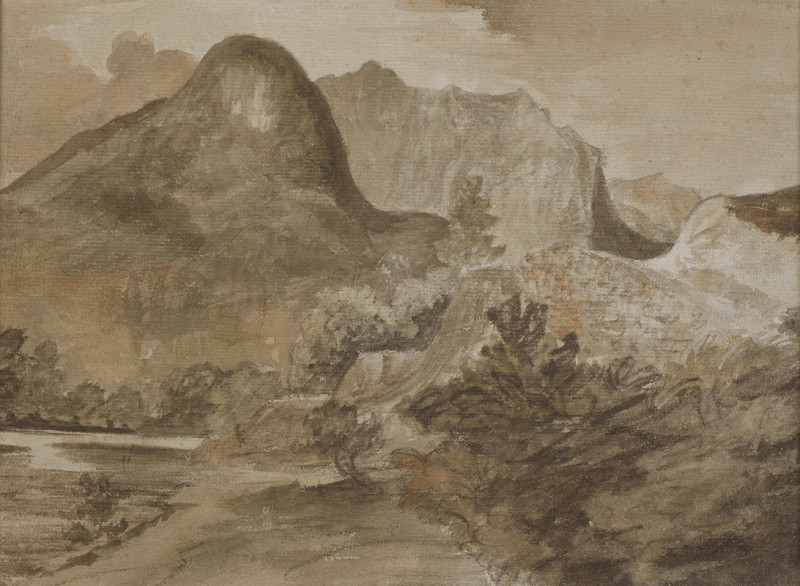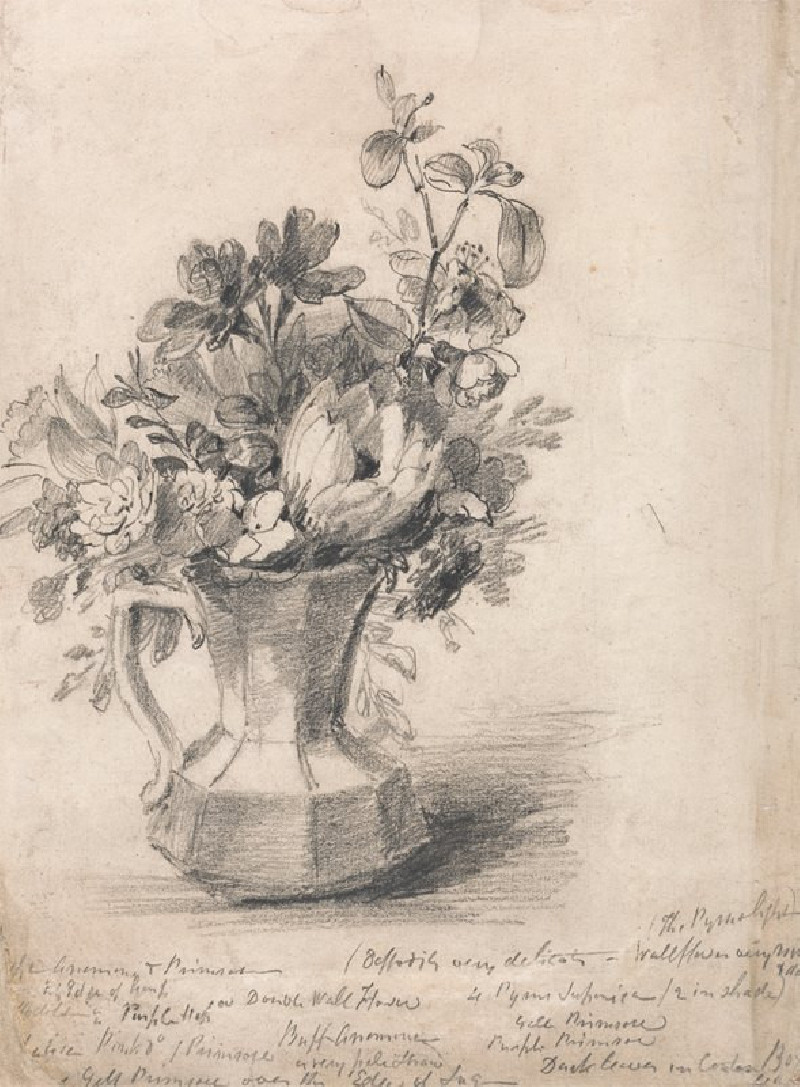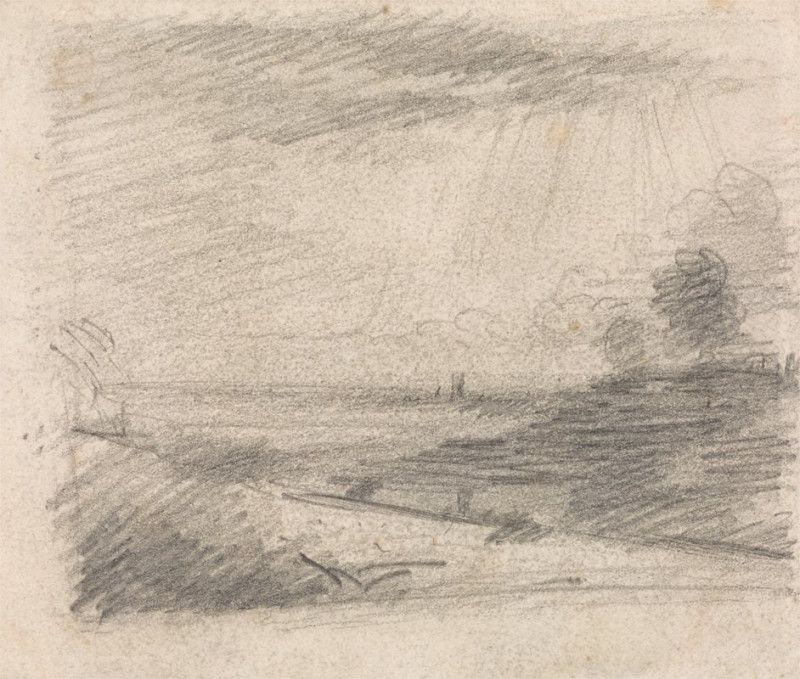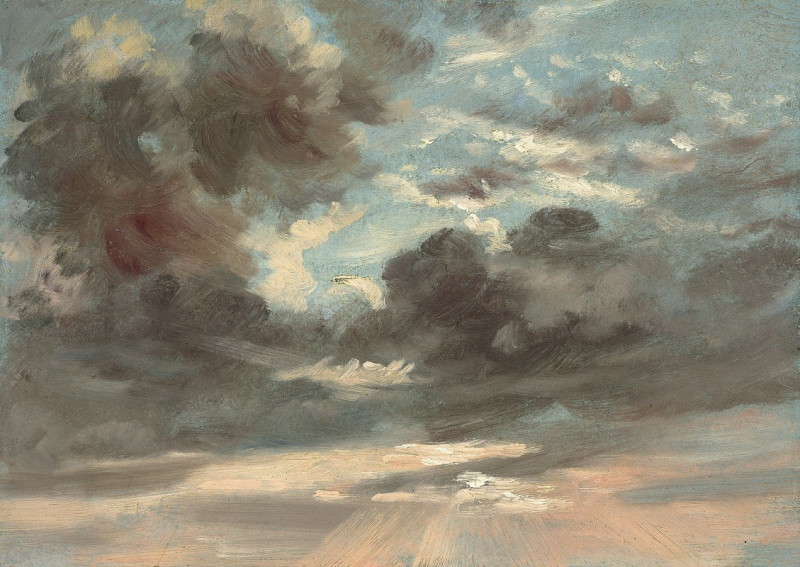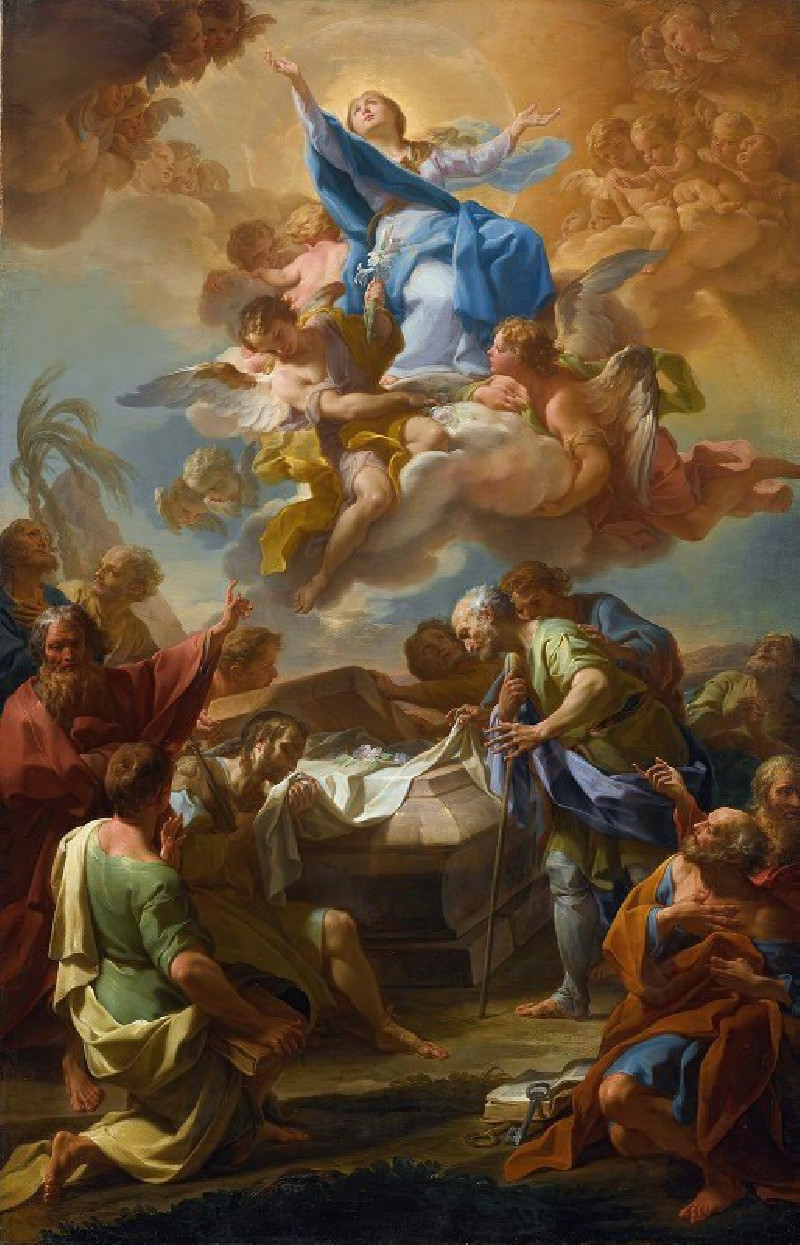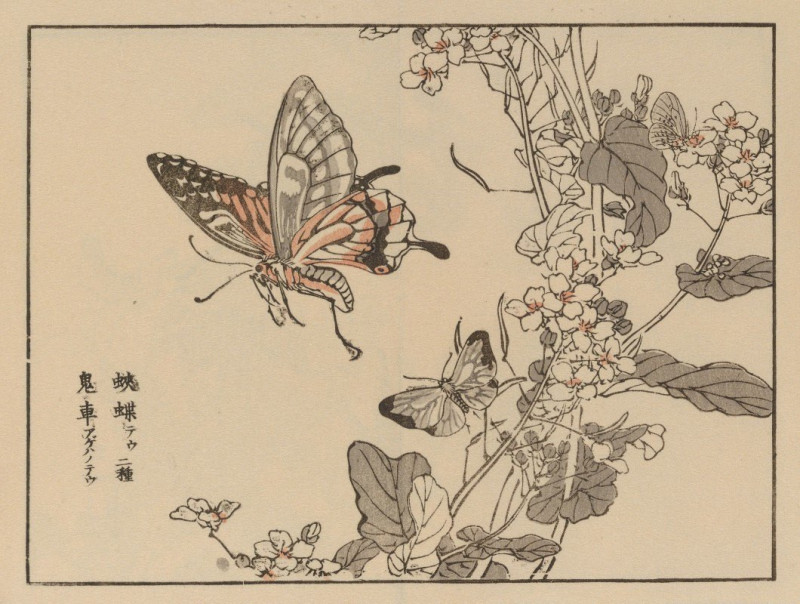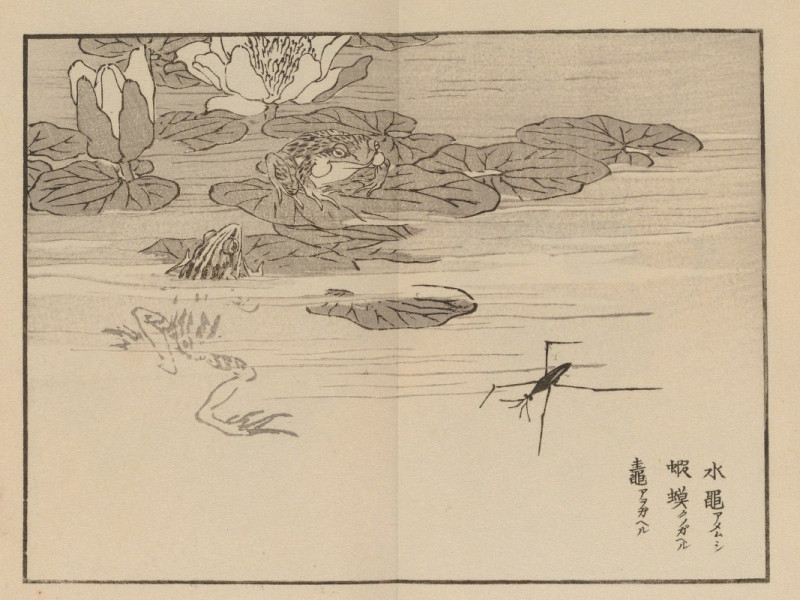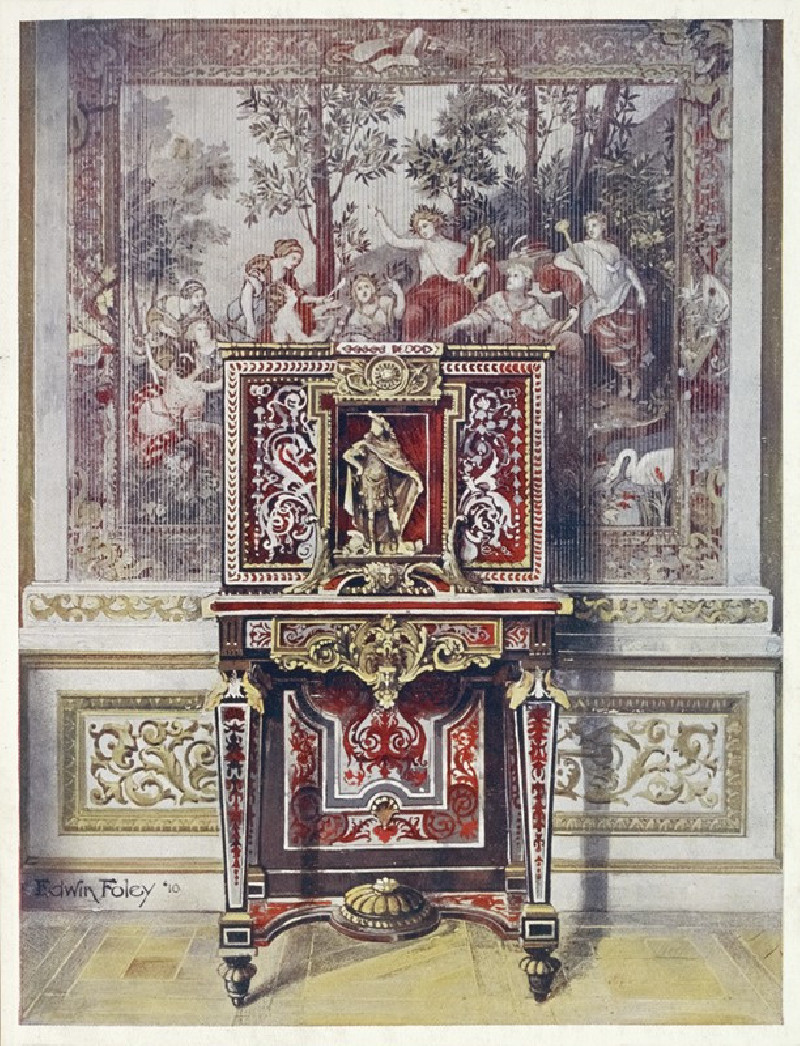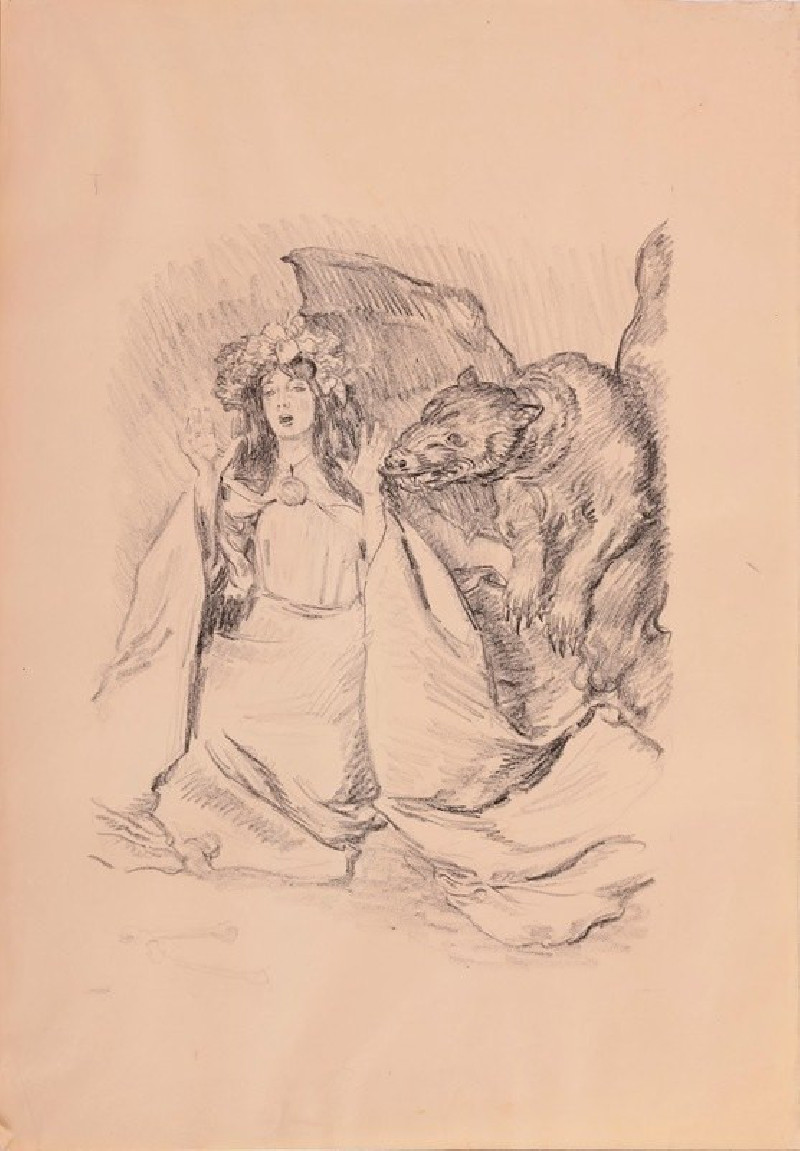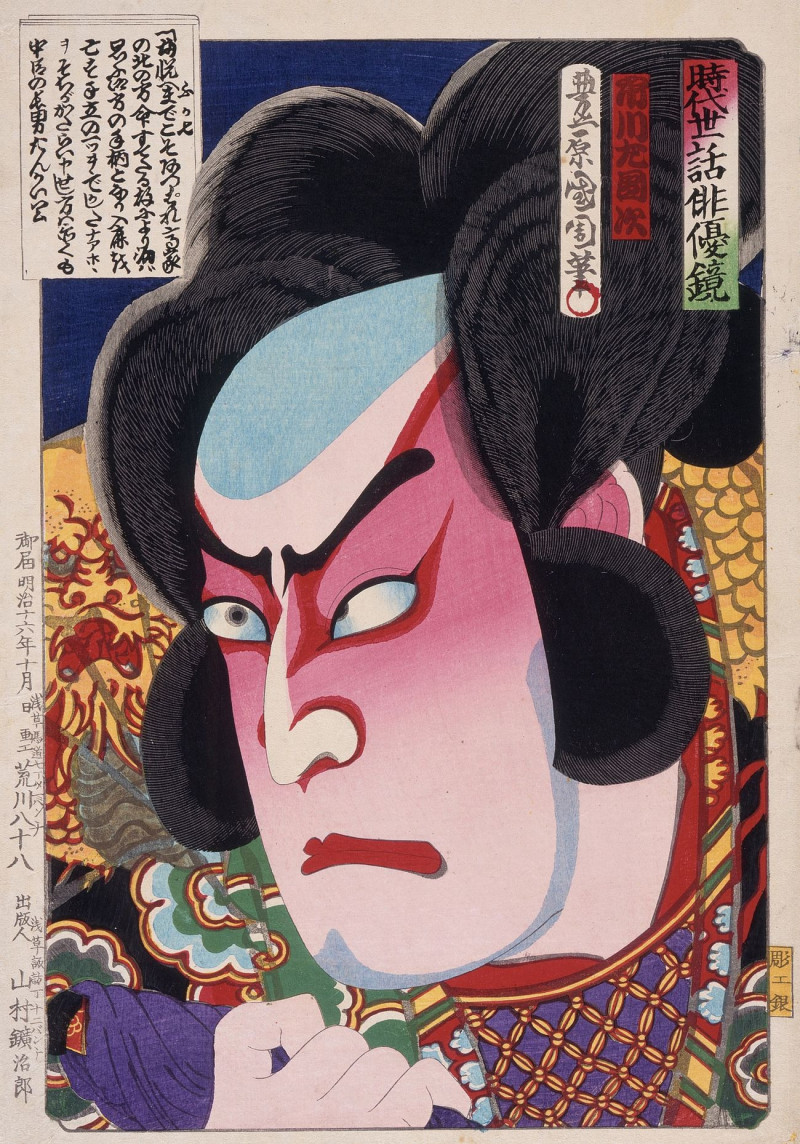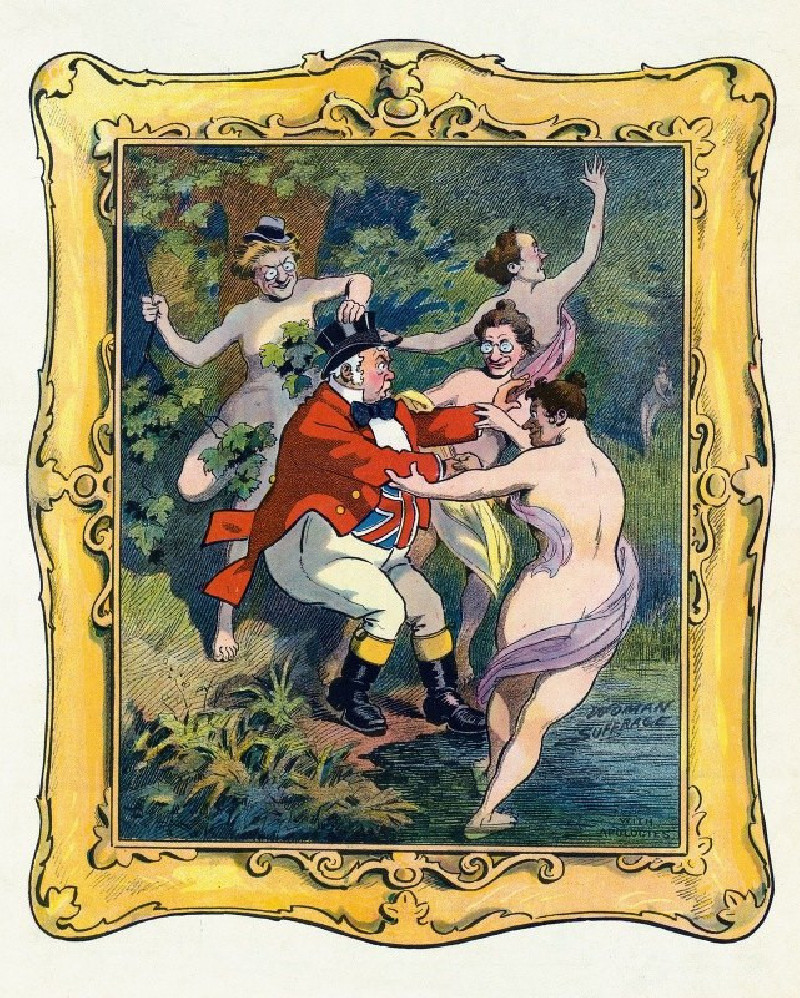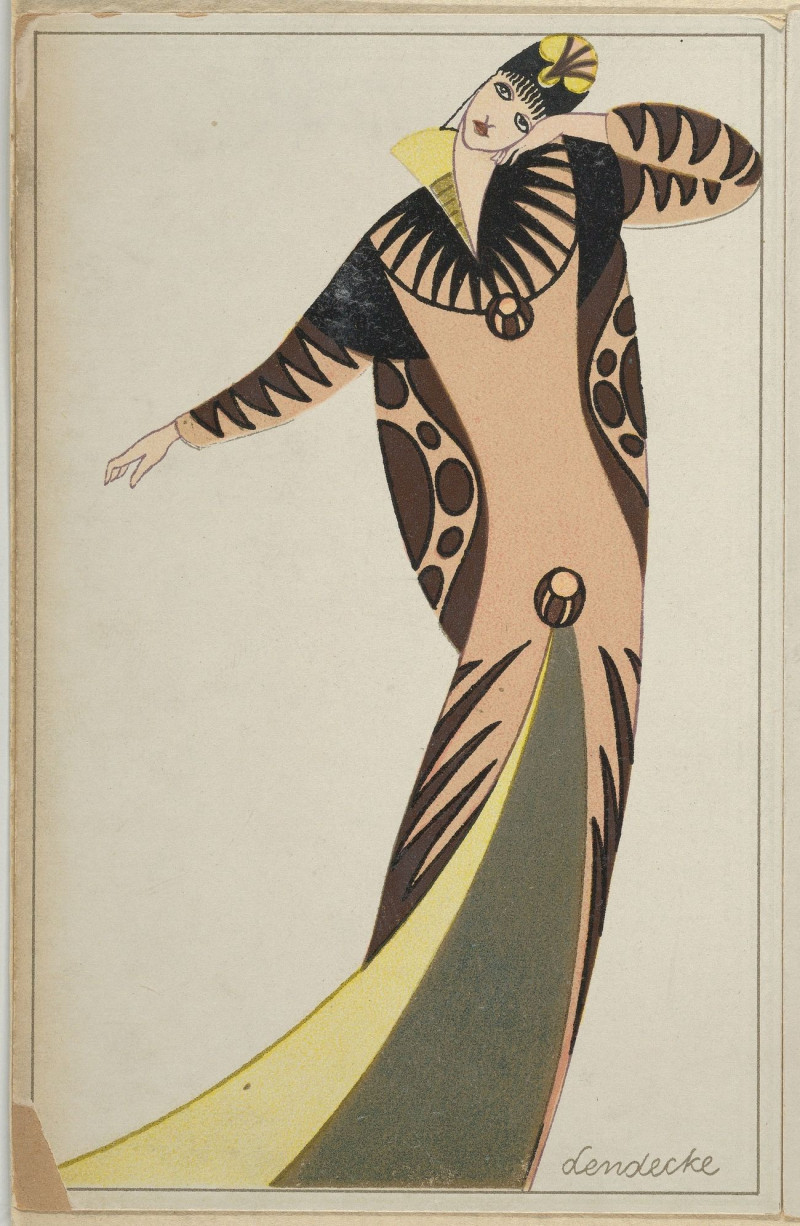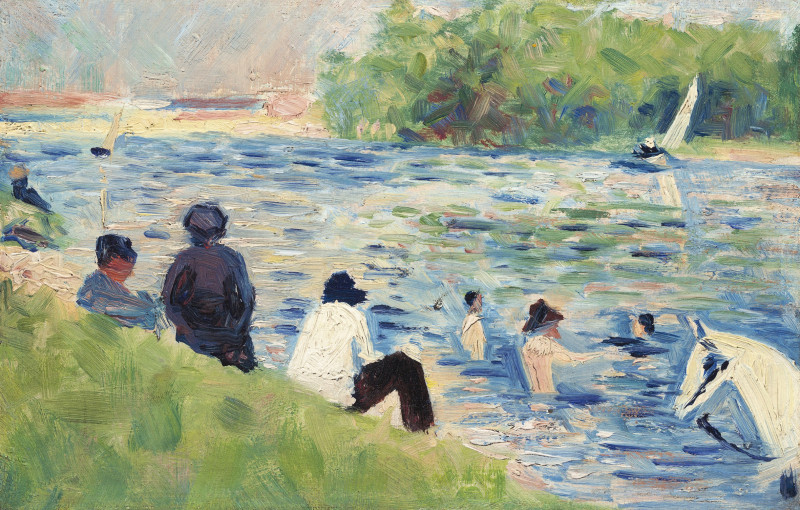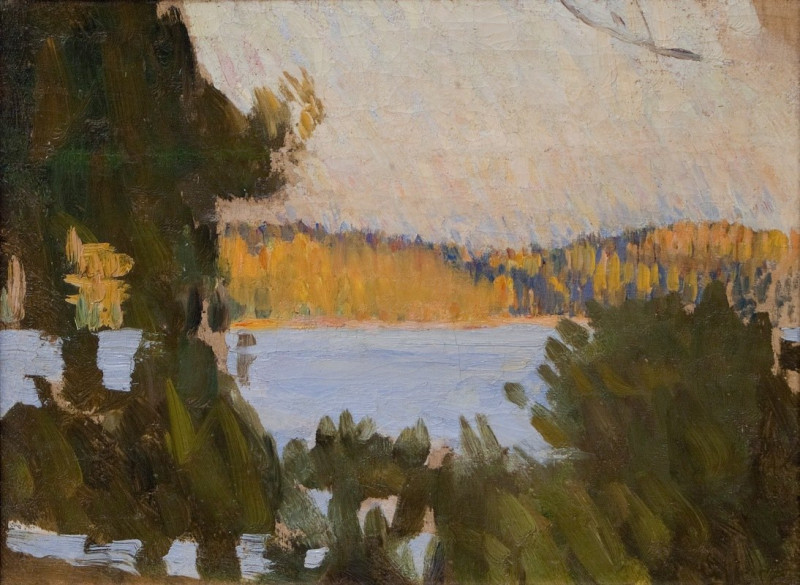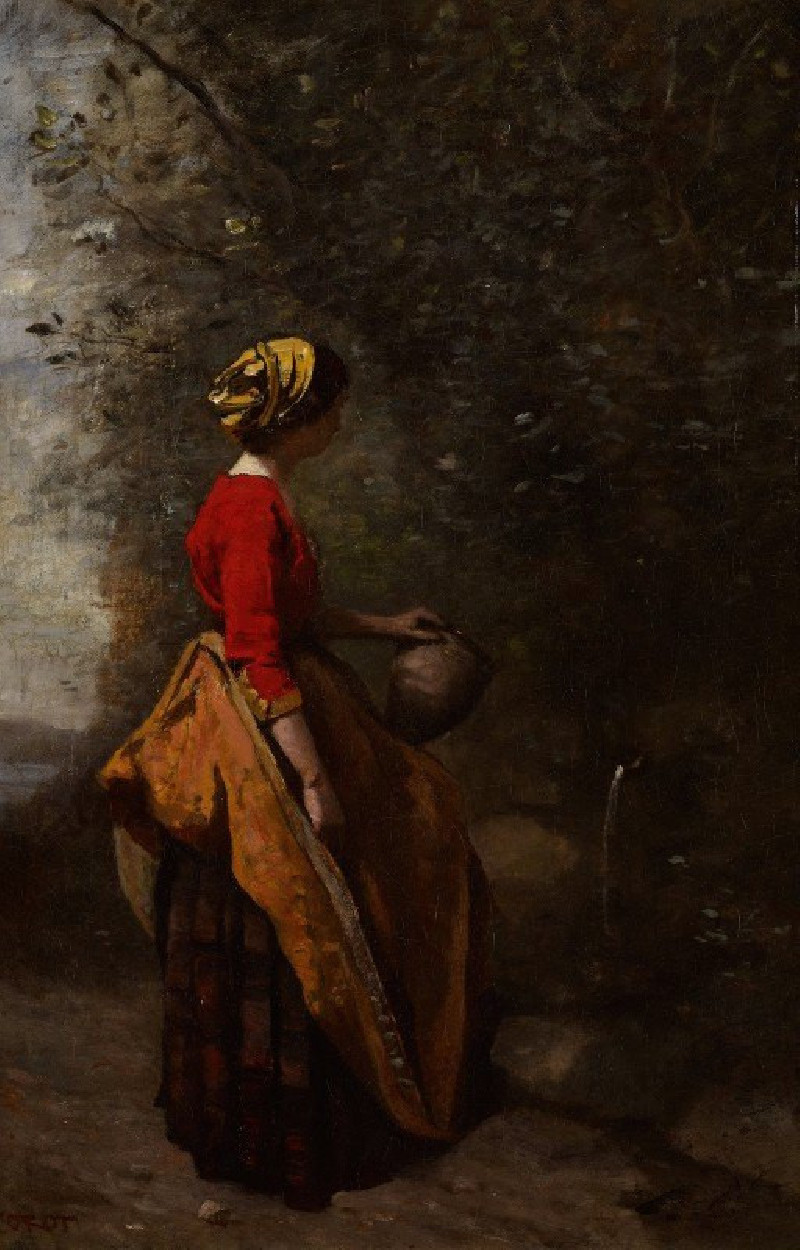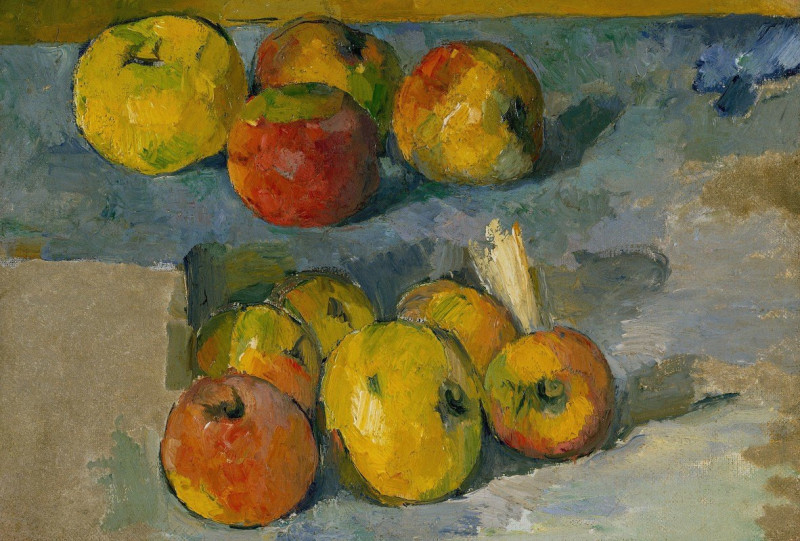Branch Hill Pond, Hampstead (1828)
Technique: Giclée quality print
Recommended by our customers
More about this artwork
"Branch Hill Pond, Hampstead" is a captivating 1828 oil painting by the renowned English artist John Constable, celebrated for his profound and picturesque renderings of the English countryside. This artwork offers a sweeping view of the Hampstead area, known for its bucolic settings that inspired many of Constable's works.In the foreground, the painting features the rugged terrain around Branch Hill Pond, animated with rural everyday life. We see figures engaged in various activities beside the pond and a horse-drawn cart, indicating the labors of the day amidst a setting that merges both beauty and toil. The central element of the scene is the pond itself, serving as a reflective surface catching the sky's drama and the surrounding landscape's tranquil essence.Dominating the scene are impressive, voluminous clouds roiling above, masterfully painted to reflect the dynamic and often changeable English weather. These clouds not only emphasize the vastness of the sky but also dramatize the light and shadow playing over the land below.Looking into the distance, the viewer's eye sweeps over a tapestry of fields and scattered homes leading to the horizon. This perspective showcases Constable's skill in rendering depth and atmospheric effects, making the landscape feel expansive and alive."Branch Hill Pond, Hampstead" not only captures a specific locale with vivid detail but also embodies Constable’s deep emotional and spiritual connection to nature. It reflects his ability to capture the essence of a place at a particular moment, filled with movement, life, and the ever-present dance of light and weather.
Delivery
Returns
John Constable RA was an English landscape painter in the Romantic tradition. Born in Suffolk, he is known principally for revolutionising the genre of landscape painting with his pictures of Dedham Vale, the area surrounding his home – now known as "Constable Country" – which he invested with an intensity of affection. "I should paint my own places best", he wrote to his friend John Fisher in 1821, "painting is but another word for feeling".

